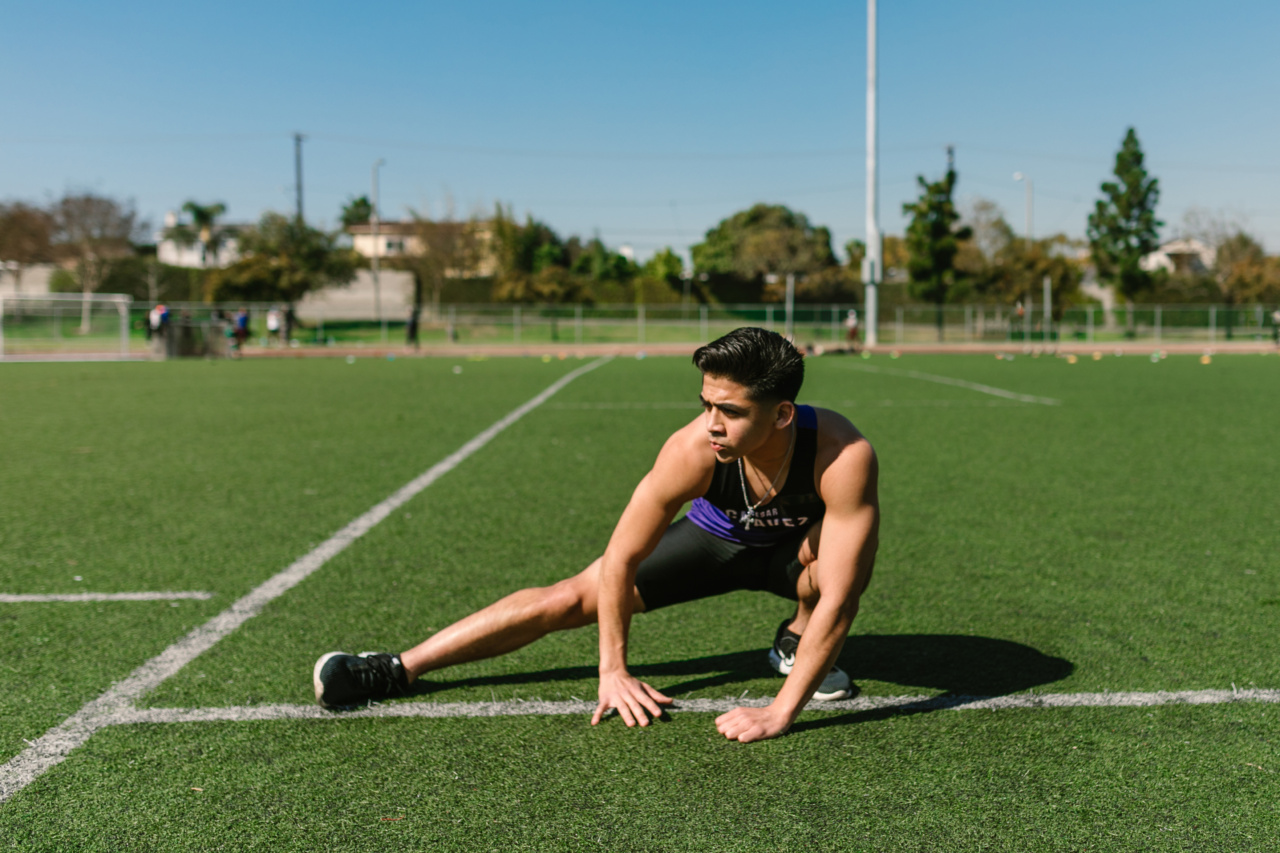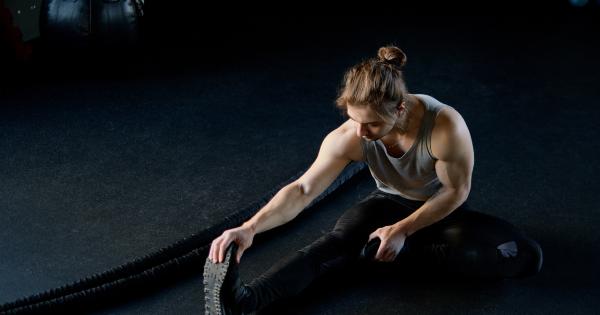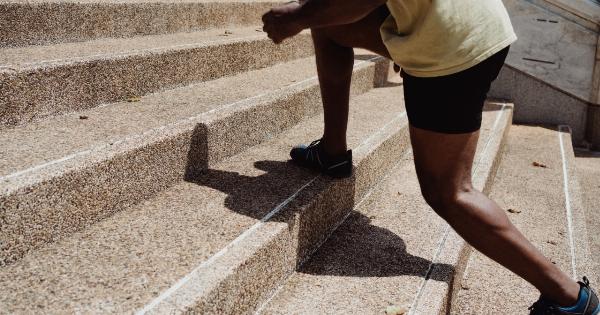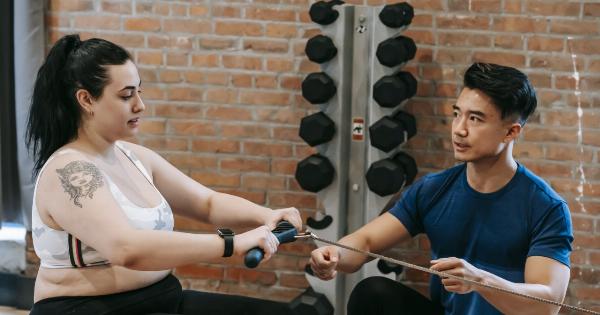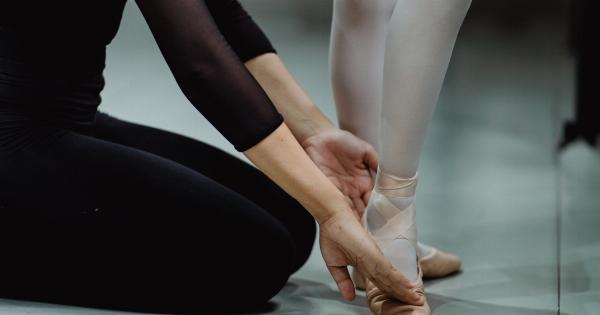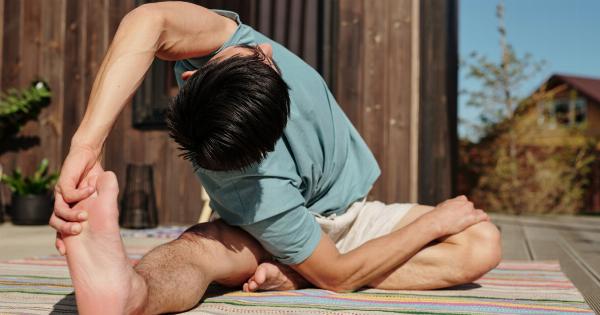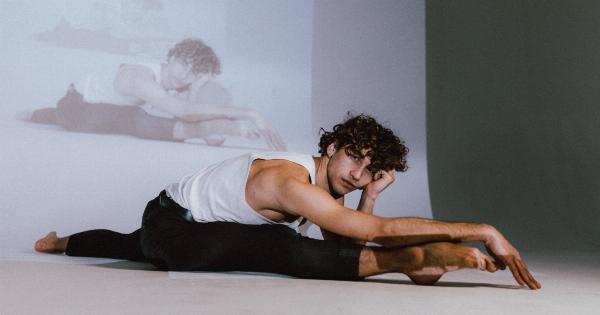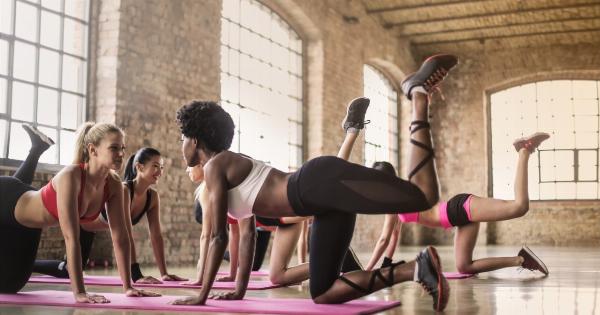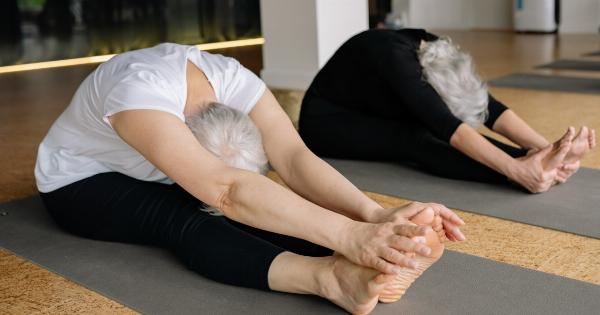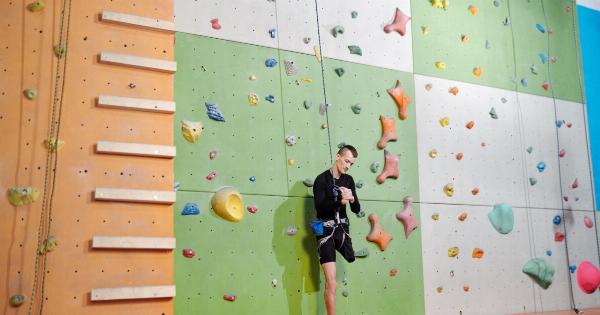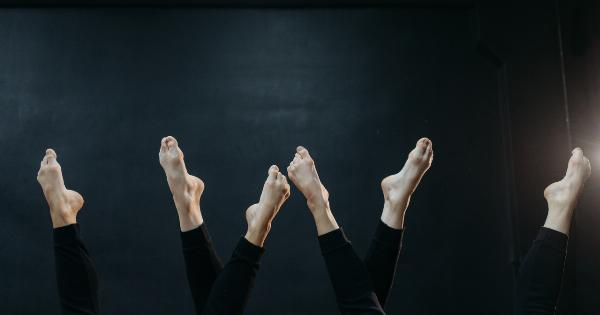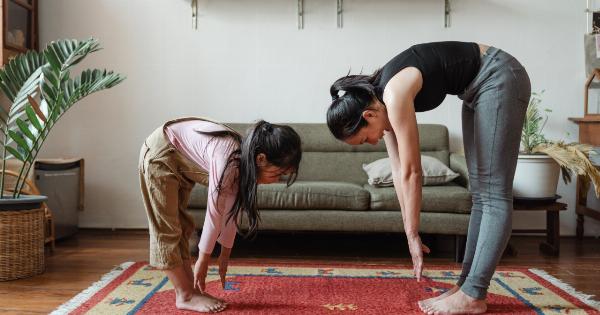If you are someone who sits for long hours or engages in activities that require prolonged standing, you may frequently experience tightness in your legs. This tightness not only causes discomfort but can also lead to muscle fatigue and injuries.
Therefore, it is crucial to incorporate some stretches into your daily routine to relieve the tightness in your legs and keep the muscles flexible. Here are five stretches that can help ease the tightness in your legs:.
1. Hamstring Stretch
The hamstring muscles are located at the back of the thighs and are often involved in running and jumping activities. Tight hamstrings can cause lower back pain and knee injuries if left unattended. To perform this stretch:.
- Start by lying on your back with your knees bent and feet flat on the floor.
- Slowly raise one leg off the ground while keeping it straight and slightly pulling it towards you using a towel or a resistance band.
- Hold this position for 15-30 seconds and then repeat with the other leg.
2. Quad Stretch
The quadriceps are a group of muscles located at the front of the thighs, and they are responsible for extending the leg. Sitting for long periods can cause tightness in the quads, leading to knee and hip pain. To perform this stretch:.
- Stand with one leg behind you, and the other leg, bent in front of you, with the foot firmly on the ground.
- Slowly shift your weight onto your front foot while keeping your back leg extended. You should feel a stretch in your quad.
- Hold this position for 15-30 seconds and then switch sides.
3. Calf Stretch
The calf muscles are located at the back of the lower leg, and they are used during activities like walking, running, and jumping. Tight calf muscles can lead to shin splints, plantar fasciitis, and many other leg injuries. To perform this stretch:.
- Stand facing a wall with your feet hip-width apart. Place your hands on the wall at shoulder height.
- Take a step back with one foot and keep it flat on the ground while keeping the other foot forward.
- Gradually shift your weight onto your front foot while keeping your back leg straight. You should feel a stretch in your calf.
- Hold for 15-30 seconds before switching legs.
4. Butterfly Stretch
The butterfly stretch targets the inner thighs, which can become tight from prolonged sitting or even exercise. To perform this stretch:.
- Sit down on the floor with your back straight and bring the soles of your feet together in front of you, forming a diamond shape with your legs.
- Slowly bring your feet as close to your body as possible without forcing them to touch the ground.
- Use your elbows to gently push your knees towards the floor until you feel a stretch in your inner thighs.
- Hold for 15-30 seconds and release.
5. IT Band Stretch
The IT (iliotibial) band is a thick band of connective tissue that runs from the hip to the knee. It can become tight due to activities like running or cycling. Tight IT bands can cause pain on the outer side of the knee and hip. To perform this stretch:.
- Stand with the leg you want to stretch crossed behind the other leg.
- Bend the knee of the front leg and push your hips out to the side, keeping your back straight.
- You should feel a stretch on the outer part of your thigh and hip.
- Hold for 15-30 seconds and repeat on the other side.
Remember, these stretches should not cause pain, so start slowly and gradually increase the intensity. Incorporating these stretches into your daily routine can help improve your leg flexibility and prevent injuries.
